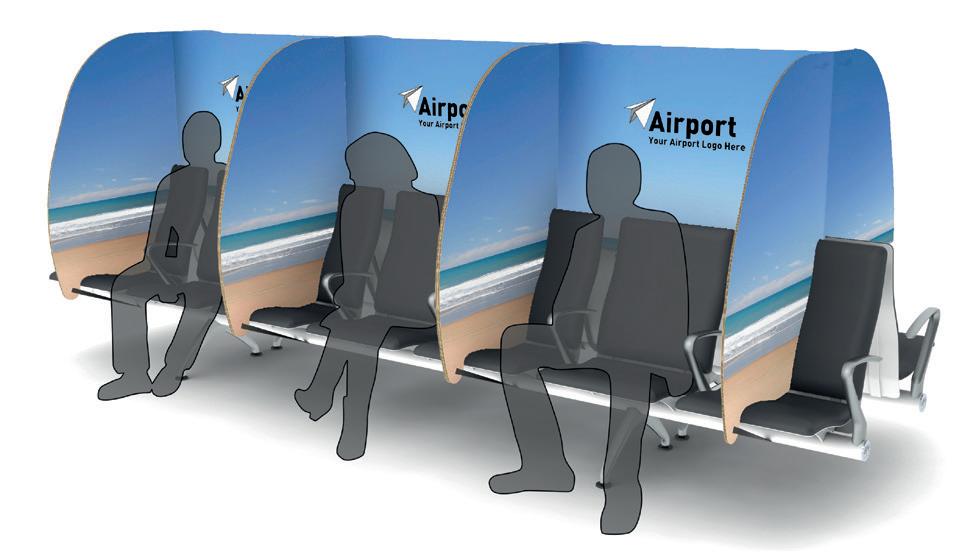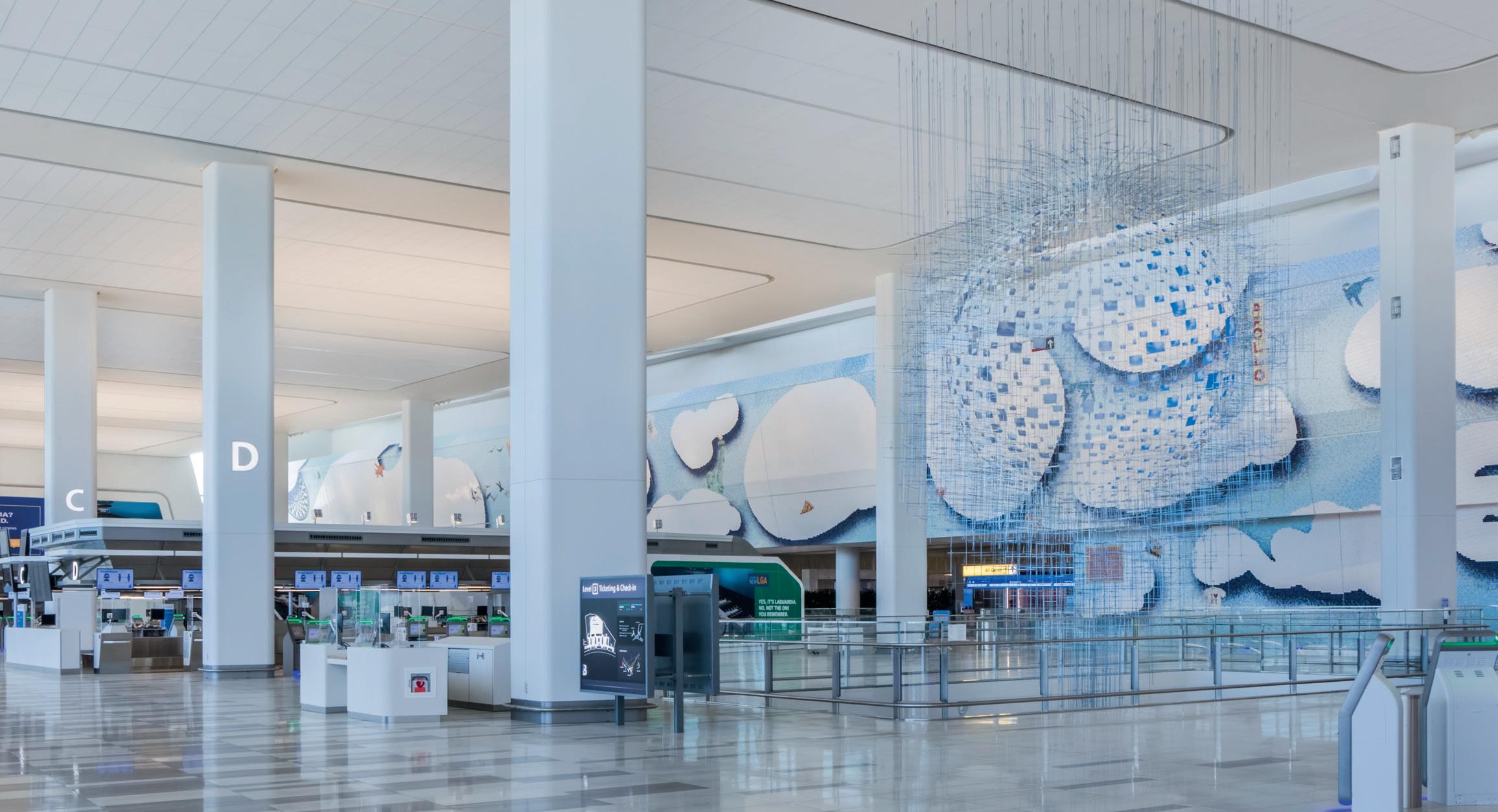
3 minute read
People matters
Time to board?
Terri Morrissey and Richard Plenty share their thoughts on the importance of restoring passengers’ confidence in the aviation industry.
Advertisement
How quickly times change! If you’d asked people what they thought about flying at the start of 2020, the vast majority of answers would probably have revolved around ticket prices and the enjoyment, and hassle factor, of the travel experience.
Ask them now and they are much more likely to talk about their health and whether it is really safe to fly again.
Travellers and potential travellers are now focusing strongly on whether a decision to fly could impact their wellbeing. An Accenture survey (April 2020) found that 64% of passengers were concerned about their own health while 82% were concerned about other people.
Air travellers want to be reassured that service deliverers, airports and airlines, will put their wellbeing first. They want to feel confident that this will be top of everyone’s agenda.
Indeed, so important is this trend that ACI Europe’s recently published document Guidelines for a Healthy Passenger Experience at Airports, identifies a new category of passenger: the ‘Health Concerned’.
Potential passengers need to feel safe from threats to their health, that there is little risk of catching COVID-19 through air travel, and to feel reassured that all measures are in place across multiple interfaces for passenger safety.
In general terms, it is clear what needs to be done. As far as airports are concerned, the focus has to be on ensuring a healthy and safe airport environment for passengers. And this is precisely what airports are doing in an effort to entice passengers back.
The ACI guidelines on the crisis recovery process set out how to go about this. The guidelines cover the whole passenger process from pre-departure, to arrival at the airport, to check-in, to moving around the airport, to security queuing, to boarding and to disembarking.
They describe in detail how airports can introduce and develop processes for ensuring the maximum sanitisation, safety, and risk mitigation at all of these touchpoints.
Up to date information is critical in building trust. Communicating with passengers at all of these points, both in advance and during the airport experience, is vital for continuing reassurance. Wayfinding that is clearly marked and guidance from airport personnel that is empathetic and aimed at reducing the anxiety and stress of passengers is also important.
For many passengers, though, the real fear is not the airport but the flight itself. Sitting for long periods of time in an enclosed space and not being physically distant from others poses a real challenge.
Understanding the risk is important. The three airline alliances have produced a short video ‘Fly with Confidence’, which emphasises the safety of air travel at this time, and which may go some way towards reassuring the risk averse traveller. And as more people begin to fly again, hearing positive experiences from others who have travelled is likely to help.
Still, the decision ‘to fly or not to fly’ is a complex one. Each person must weigh up the need for air travel against the perceived risk to themselves. In order to encourage passengers to travel, airports ideally need more detailed information on how different types of passengers are evaluating risk for themselves. This is not easy to come by. Potential passengers are not a homogenous group and their reasons for travel vary.
In the absence of this market intelligence, the most useful thing that airports can do is to work closely with airlines, with the aim of ensuring that people feel they can take a flight without compromising their health.
To fly or not to fly? That is clearly the question. In our view, the answer is not so much ‘if’ but ‘when’. Providing clear communication on the measures being taken is important. Each of us can then make up our own mind.
About the authors
Terri Morrissey and Dr Richard Plenty are directors of This Is…and deliver ACI World’s Airport Human Resources training. Their new book, Uncertainty Rules? Making Uncertainty Work for You, published by Cork University Press/Atrium, is available now. You can contact them at info@thisis.eu










